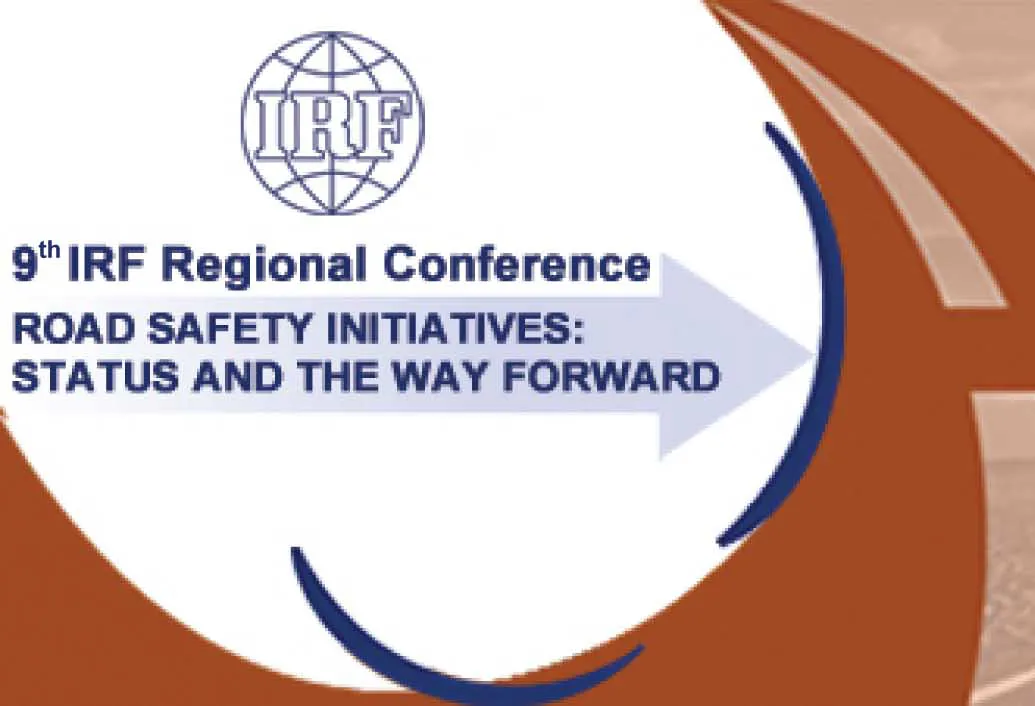Capita Symonds’ Innovations has a new contract that forms part of the Highways Agency Traffic Information System (HATRIS) programme. The contract is an extension to the company’s current HATRIS work and will run until 12th December 2014. The HATRIS system has been developed and improved by Capita Symonds since 2005 and is used to monitor and report on vehicle journey times across set routes on the motorway and trunk road network. This enables the Highways Agency and Department for Transport to identify tren
April 4, 2012
Read time: 2 mins
RSS2762 Capita Symonds’ Innovations has a new contract that forms part of the 1441 UK Highways Agency Traffic Information System (HATRIS) programme. The contract is an extension to the company’s current HATRIS work and will run until 12th December 2014. The HATRIS system has been developed and improved by Capita Symonds since 2005 and is used to monitor and report on vehicle journey times across set routes on the motorway and trunk road network. This enables the Highways Agency and 5432 Department for Transport to identify trends and measure benefits from new schemes.
The system accumulates traffic data from a variety of sources including National Traffic Control Centre and4759 Trafficmaster cameras. Through the development of complex algorithms in conjunction with the Transport Research Laboratory (TRL), the data is processed on a monthly basis to produce the journey time reliability measures across the Highways Agency network. In addition a Journey Time Database is produced and distributed to the Highways Agency, Department for Transport and key contractors. The new contract will cover the ongoing support and maintenance of the HATRIS project.
The system accumulates traffic data from a variety of sources including National Traffic Control Centre and








